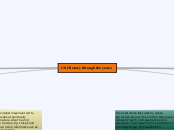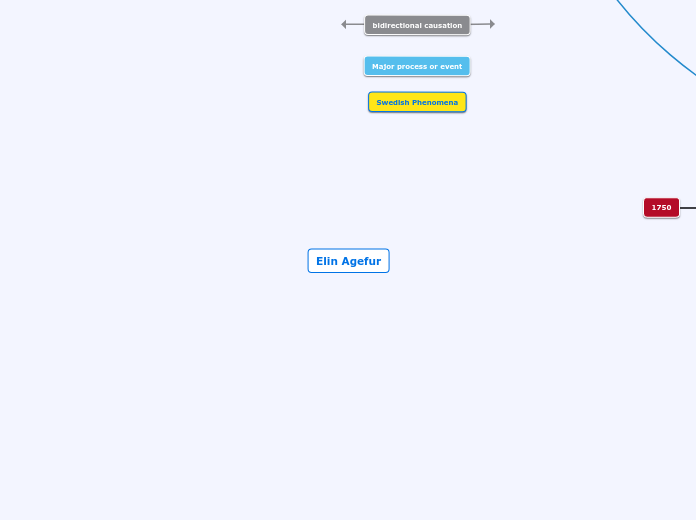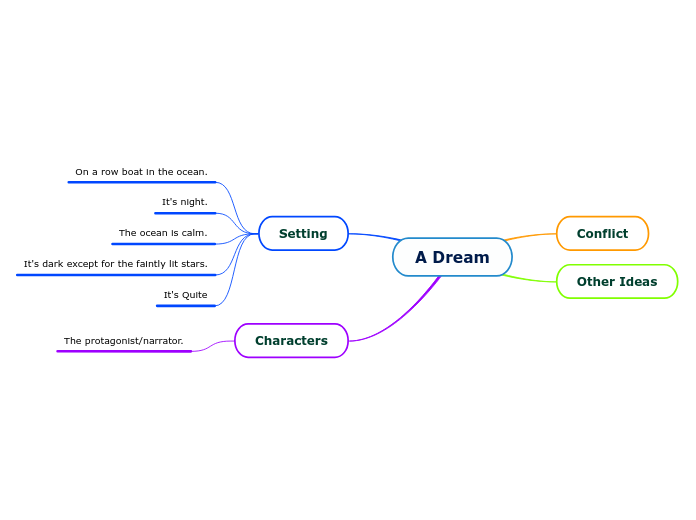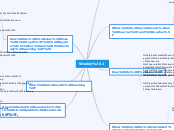av Reyna Mendoza 8 år siden
159
Reyna Mendoza , P5 Mindmap
During the period from 1607 to 1754, Britain exerted control over its American colonies, maintaining a balance of trade that favored exports over imports. Europeans, believing themselves superior to Native Americans, often treated them harshly, using them as slaves and attempting to convert them to Christianity.









